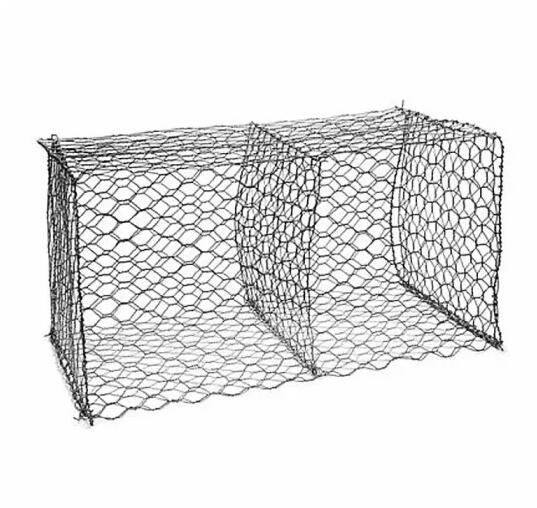Gabion boxes are a time-tested engineering and landscaping solution known for their strength, flexibility, and natural appearance. From retaining walls to decorative garden features, these versatile wire mesh containers can serve both functional and aesthetic purposes. Below, we explore what they are, how they are used, and how to build and install them effectively.
Gabion boxes are rectangular or square containers made from strong wire mesh, designed to be filled with stones, rocks, or other durable materials. The mesh is usually made from galvanized steel, PVC-coated steel, or stainless steel to prevent corrosion. Once filled, these boxes form solid, permeable structures suitable for various applications in civil engineering, landscaping, and erosion control.
Gabion boxes have a wide range of applications, including:
Retaining Walls – Preventing soil erosion and stabilizing slopes.
Riverbank and Shoreline Protection – Absorbing wave energy and reducing water damage.
Bridge and Road Embankment Support – Reinforcing infrastructure.
Sound Barriers – Providing noise reduction near highways or railways.
Landscaping – Creating garden walls, seating areas, or decorative partitions.
Their adaptability makes them ideal for projects that require both functionality and visual appeal.

Constructing a gabion wall is straightforward but requires careful preparation:
Site Preparation – Level and compact the ground where the wall will stand.
Foundation Layer – Lay a gravel or concrete base for stability.
Assemble the Gabion Boxes – Connect panels with binding wire, spiral binders, or fasteners.
Position and Align – Place the boxes in the desired location and ensure they are level.
Fill with Stone – Use hard, angular stones for stability and minimal shifting.
Close the Top – Secure the lid panel with the same binding method used for assembly.
For taller walls, multiple layers of gabion boxes can be stacked, ensuring each layer is properly braced.
Durability – Resistant to harsh weather and environmental stress.
Flexibility – Can move slightly without cracking, ideal for areas with unstable ground.
Permeability – Allows water drainage, reducing hydrostatic pressure.
Low Maintenance – Requires minimal upkeep after installation.
Eco-Friendly – Promotes vegetation growth over time.
These qualities make gabion structures a sustainable and cost-effective choice for long-term projects.
Measure and Plan – Determine the dimensions and number of gabion boxes required.
Prepare the Ground – Clear debris, level the surface, and add a solid base layer.
Assemble the Boxes – Connect side, base, and lid panels securely.
Anchor the Structure – Use stakes or bracing wires to maintain shape.
Fill Evenly – Distribute rocks evenly to avoid bulging and maintain alignment.
Finish and Inspect – Ensure all lids are secured and the wall is stable.
Proper installation ensures the gabion baskets remains functional and visually appealing for years.
Comments
Please Join Us to post.
0